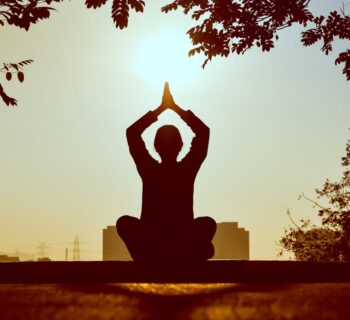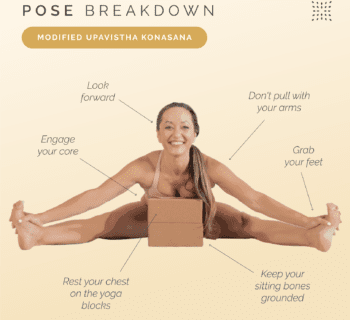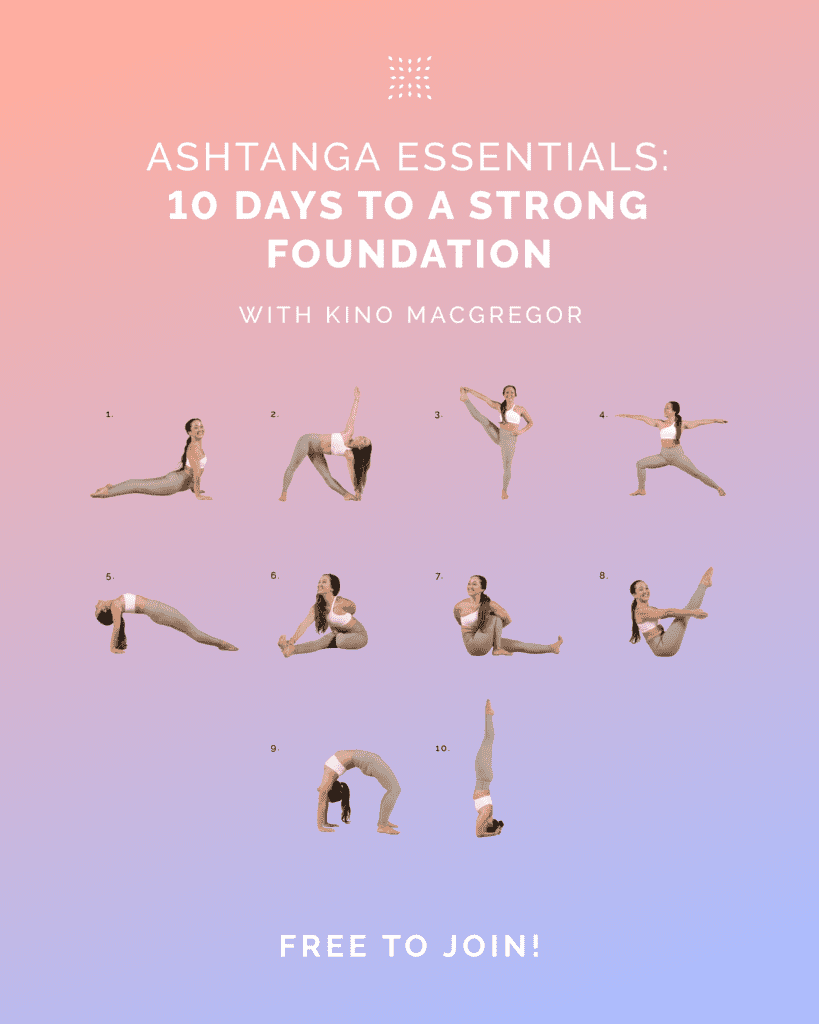In this busy, fast-paced world, it’s not surprising that many of us have a difficult time getting to sleep.
Within the stillness of the night, mindfulness and meditation practices promise a serene voyage into slumber’s embrace. Sleep meditation is the natural antidote to our daily stresses. Let’s look at techniques you can use to get a good night’s sleep.
Understanding Sleep Meditation
Sleep meditation is a tranquil practice that marries the art of mindfulness with the aim of enhancing sleep quality. It serves as a peaceful bridge to the realm of dreams, nudging the mind towards calmness, and distraction-free dozing. With techniques like guided imagery, body scanning, and gentle breath work, individuals are cocooned in a soothing blanket of relaxation, making drifting into sleep a more accessible endeavor.
Utilizing sleep meditation promotes not just quicker sleep onset but also a deeper, more restorative slumber. It’s an invaluable tool for anyone seeking reprieve from the spinning carousel of thoughts that often impedes our journey to the land of Nod.
Definition and Benefits
Sleep meditation is an effective technique that leverages mindfulness to enhance sleep quality. It gently guides the mind into a state of deep relaxation, paving the way for restorative slumber.
Rooted in ancient practice, sleep meditation acts as a lullaby for the mind. It washes away the day’s accumulation of stress and anxiety, leading to improved sleep and overall wellness.
Meditation before bed can increase melatonin levels, enhancing sleep quality.
Research underscores its value: engaging in sleep meditation can not only speed up the time it takes to fall asleep but can also improve the quality of sleep itself. It’s a holistic approach to health that enriches both mind and body, fostering peace in a world of relentless activity.
Meditation vs. Traditional Sleep Aids
Meditation transcends mere sleep induction.
Meditation offers a holistic reprieve from insomnia, unlike conventional sleep aids that may induce dependency or have undesirable side effects. Instead of sedating the brain, meditation ushers in a tranquil state of consciousness that enhances natural sleep patterns. It empowers the individual to cultivate an inner sanctuary of peace, which can be a sustaining source of bedtime solace.
The journey to sleep need not be chemical.
Traditional sleep aids often present a quick fix—a pill to swallow that promises rest. But what if sleep could be achieved by tuning into the body’s rhythms and harnessing the mind’s power? Meditation embodies this approach, nourishing the roots of rest without pharmacological intervention.
Meditation leverages the mind’s innate potential.
The evidence for meditation’s effectiveness in sleep enhancement continues to amass. Reputable studies published up to early 2023 affirm its efficacy in not only inducing quicker sleep but also in heightening the quality of rest. This practice transcends a mere bedtime routine; meditation cultivates systemic well-being that reverberates throughout waking life.
Pre-Sleep Routine for Relaxation
Establishing a ritualized pre-sleep routine is pivotal for signaling to your body that it’s time to wind down. Gentle yoga stretches, paired with mindful breathing, can ease muscle tension and quiet mental chatter, setting the stage for restorative rest. Consistency in this routine fosters a signal to the mind and body, cueing the transition to sleep.
Integrate a meditation practice into your evening ritual to further dissolve the day’s stress. A guided relaxation or a body scan meditation encourages the release of lingering anxieties, inviting calmness to envelop your entire being, priming you for deep and peaceful slumber.
Setting the Right Environment
Creating a sanctuary for sleep begins with optimizing your environment to encourage relaxation.
Dim the Lights: Mimic the natural progression of dusk by dimming lights an hour before bed.
Control the Temperature: Set your bedroom to a cool, comfortable temperature conducive to sleep.
Minimize Noise: Consider earplugs or a white noise machine to buffer disruptive sounds.
Comfortable Bedding: Invest in quality mattresses and pillows that support your sleep posture.
Soothing Scents: Incorporate calming aromas like lavender or chamomile with essential oils or diffusers.
A tranquil atmosphere supports a meditative state that nurtures a quick and peaceful descent into sleep. Undistracted tranquility is the linchpin of effective sleep meditation, drawing the line between wakefulness and rest.
Mindful Activities Before Bed
Engage in gentle stretching, easing tension from your muscles and fostering a state of physical relaxation.
As the night deepens, a personal ritual such as journaling or reading poetry can serve as a bridge to mindfulness, artfully quieting the mind’s chatter. This practice creates a sanctuary within, a mental compartment distanced from the day’s stressors, easing the transition from wakefulness to sleep. Such reflective acts not only enrich the soul but also steep the mind in serenity, making the shift to sleep a natural progression rather than a daily battle.
Similarly, a gratitude exercise, acknowledging the day’s blessings, primes the mind for positivity. It replaces worrisome thoughts with appreciation, elevating the spirit and setting the stage for restorative sleep. This cognitive reframing helps diminish anxiety and fosters a mindset conducive to embracing the silence of the night.
In conclusion, integrating mindful practices such as mindful breathing or listening to calming music can significantly impact your sleep readiness by aligning your mental state with the body’s natural sleeping rhythm. Embracing these activities leads to a serene composure, allowing sleep to become a welcome guest rather than a sought-after elusiveness. Establishing such a nightly regimen stands as a powerful ally in your quest for a quality rest, synergizing with your meditation techniques to deliver a profound and rejuvenating sleeping experience.
Breathing Techniques for Better Sleep
The rhythmic cadence of diaphragmatic breathing, known as belly breathing, acts as an intrinsic sedative to coax the mind into tranquility. Slow, deep breaths initiate the body’s relaxation response, countering the stimulative effects of stress. By focusing on inhaling deeply through the nose—allowing the abdomen to rise—and exhaling completely through the mouth, you engage in a meditative pattern that can unravel tension. This technique, often coupled with visualization, such as imagining a wave of calm with each breath, draws the curtains on mental chatter and gently escorts you to the precipice of deep sleep.
4-7-8 Breathing Method
Harness the tranquil power of your breath with the 4-7-8 method, a simple yet potent technique for easing into slumber.
Inhale quietly through your nose for 4 seconds.
Hold your breath for a count of 7 seconds.
Exhale completely through your mouth, making a whoosh sound, for 8 seconds.
Repeat this cycle for four full breaths.
By regulating your breathing pattern, you’re signaling your nervous system to downshift into a state of profound relaxation.
This method serves as a natural tranquilizer for your nervous system. Perfect for sleep-seekers and stress-release, the 4-7-8 breathing technique is a nightly ritual to embrace.
Abdominal Breathing Basics
Abdominal breathing induces a natural state of calm.
Often referred to as diaphragmatic breathing, this essential practice grounds you. By focusing on deep, even breaths initiating from the diaphragm, you foster a parasympathetic response—often termed the rest-and-digest mode. In turn, this leads to the calming of your entire body and mind, making it a staple technique for pre-sleep meditation.
Cultivate awareness in the belly with each inhale and exhale.
When you shift to abdominal breathing, treat it as an anchor. Your abdomen expands fully with the inhalation, not just the chest. As you exhale, the belly contracts, expelling all the air — akin to a balloon deflating. This rhythmic expansion and contraction mirror the ebb and flow of serene ocean waves, soothing the nervous system.
Maintain a smooth, unhurried rhythm for best results.
By teaching your body to breathe deeply and slowly, you promote increased oxygenation and an overall sense of well-being. It’s a straightforward method, yet profoundly impactful, and has been widely acknowledged among the yoga community for its effectiveness in facilitating relaxation and sleep.
End your day with this tranquil breathing practice.
As part of your nightly routine, abdominal breathing can signal your body that it’s time to wind down. Several minutes spent on this exercise before bed can significantly influence the quality of your sleep and your ability to quickly drift off. Consider this method an investment in your sleep hygiene, one that pays dividends in morning vitality and daytime alertness.
Guided Imagery for Deeper Slumber
Guided imagery unlocks the power of your mind’s eye to instill peace, conjuring serene environments that aid in relaxation. Visualize a landscape that signifies tranquility to you, perhaps a gentle rolling meadow or a soft, quiet beach at sunset. This mental visualization fosters a calming effect, drawing your consciousness away from the day’s stress into a haven of restful slumber.
As you navigate through your chosen scene, incorporate all the senses to deepen the experience. Imagine the feel of a light breeze, the scent of fresh grass or salty sea air, and the quiet sounds of nature enveloping you. With each breath, you venture further into this peaceful realm, allowing the imaginary sensory input to override any lingering restlessness. This multi-sensory journey not only enchants the mind but also beckons the body to embrace the embrace of refreshing sleep.
Crafting Your Sleep Sanctuary
Creating a sleep sanctuary is about more than just crisp sheets and a cozy blanket. It’s about cultivating an environment that whispers to the subconscious, “it’s time to unwind and let go of the day.”
Dim, soothing lighting sets the mood, signaling your brain that the day is ending.
Consider the texture and comfort of your mattress and pillows, essential foundations for restorative sleep.
Make your room a tech-free zone, eschewing blue light and disturbances that can keep you alert and awake.
Introduce elements that engage the senses in relaxation, perhaps a diffuser with lavender essential oil or a soft, rhythmic sound machine. These tools help condition your space for tranquility, prepping your mind for the peaceful journey to slumber.
Lastly, maintain a cool, fresh environment that invites the body to let go and embrace the bliss of sleep. Keeping a consistent routine and space for rest reinforces your brain’s sleep-wake cycle, helping you drift off more effortlessly each night.
Progressive Muscle Relaxation Steps
Begin by finding a quiet, comfortable space where you won’t be disturbed. Lie down on your back, take a few deep breaths, and close your eyes. Focus on the natural rhythm of your breath as you prepare to release physical tension.
Progress through your body, starting at your feet and working upwards. Tense each muscle group—such as your toes, feet, and calves—for about five seconds, then release suddenly and notice the sensation of relaxation. Pay attention to the contrast between tension and relaxation; this awareness helps deepen the relaxation process.
Move systematically through your body, engaging and releasing muscles in your thighs, hips, abdomen, chest, arms, and face. With each region, inhale as you tense the muscles, hold the breath and tension briefly, exhale as you release. Imagine the stress and discomfort flowing away with each exhale.
As you continue the progression, visualize any stress or anxiety melting away from each muscle group. This visualization promotes an even deeper state of tranquility, enhancing the physiological benefits of the technique. Allow enough time to focus on areas where you typically hold stress.
Once you have relaxed each muscle group from your feet to your head, lay still for several moments, reveling in the sensation of total body relaxation. This complete sense of peace prepares your mind and body for a restful, rejuvenating night’s sleep.
Join Omstars to get instant access to yoga classes, guided meditation, and more. Download our app to have all of that on your phone whenever you need it. Get started today.
Photo by Tânia Mousinho on Unsplash










